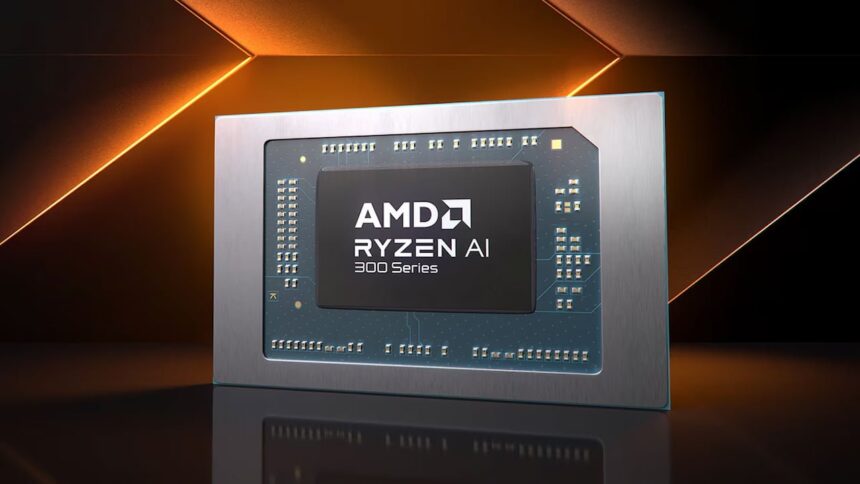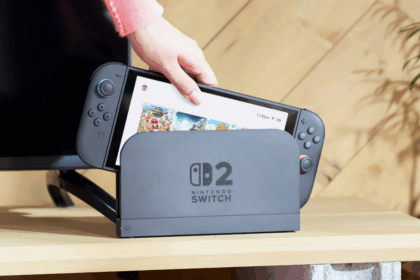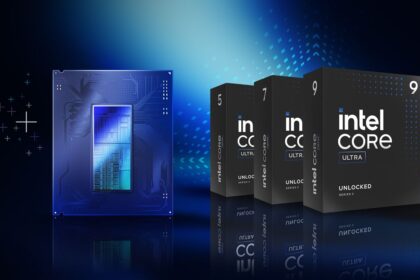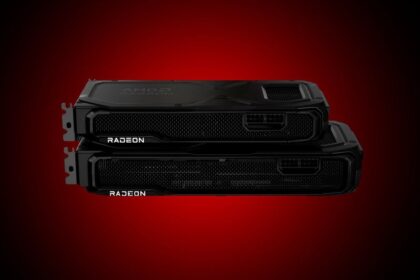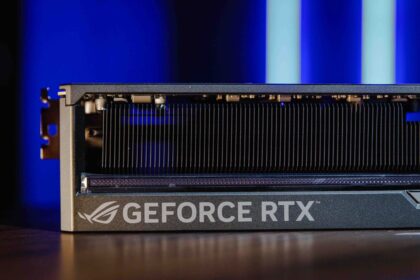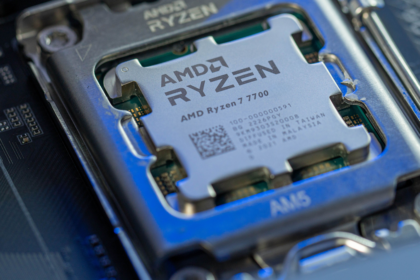A recent leak on the Chinese platform Weibo by user “Golden Pig Upgrade” has hinted that AMD may be gearing up to release its new Ryzen 200 series, the “Hawk Point Refresh.” This upcoming lineup is expected to compete directly with Intel’s soon-to-be-released Core 200 series processors (non-Ultra versions).
One notable aspect of these new AMD chips is the absence of advanced artificial intelligence (AI) features. While the processors will include an NPU (Neural Processing Unit), it is not powerful enough to meet the requirements for inclusion in systems like Copilot+ PCs, which heavily rely on AI-driven tasks.
This focus on mid-range performance without AI enhancements suggests that AMD targets a more traditional computing audience than the high-performance AI segment for which other products are designed.
What is the AMD Ryzen 200 Series?
AMD’s Ryzen 200 series is built on the Zen 4 architecture, the same foundation used in the Ryzen 8040 and Ryzen 7040 series. These processors are expected to offer up to 8 cores and 16 threads, making them highly suitable for multitasking and performance-intensive applications.
In addition to their powerful CPU performance, the Ryzen 200 series will feature an integrated Radeon 780M GPU with up to 12 RDNA 3 compute units. This combination makes the series capable of handling day-to-day tasks and more demanding workloads, such as light gaming and content creation.
The Radeon 780M is a significant upgrade over previous integrated graphics solutions, offering improved graphical performance for users who rely on integrated GPUs.
| AMD Ryzen 200 | |
|---|---|
| Architecture | Zen 4 |
| Lithography | 4 nm |
| Cores/Threads | Up to 8 cores and 16 threads |
| GPU | Radeon 780M with up to 12 RDNA 3 compute units |
| NPU | AMD XDNA1 with up to 16 TOPS |
| TDP | 35-54W |
| Supported Memory | LPDDR5/DDR5 |
Intel is preparing its Core 200 series, which is expected to refresh the Raptor Lake line. These processors are rumored to offer configurations of up to 14 cores and 24 MB of cache, with power consumption ranging from 35W to 115W. Intel and AMD focus on delivering strong performance and energy efficiency rather than integrating advanced AI capabilities into these products.
Interestingly, both companies follow similar strategies for extending their current product lines. AMD’s Ryzen 200 series is essentially a rebranding of its Ryzen 7040 and 8040 series, marking it as the third lineup based on the Zen 4 architecture.
These processors share the same 4nm lithography and come with integrated Radeon 780M graphics featuring up to 12 RDNA 3 compute units alongside the AMD XDNA1 NPU. On the other side, Intel is continuing the legacy of its 12th and 13th-gen Core processors, maintaining focus on raw performance enhancements rather than big architectural shifts.
Both companies are essentially “stretching the bubble,” relying on tried-and-true designs with incremental upgrades rather than entirely new technology.
Why no AI? Are these processors for Copilot+ PC?
A common question regarding AMD’s Ryzen 200 series is why the company opted not to include advanced AI capabilities. The reason concerns the performance requirements for AI-driven programs like Microsoft Copilot+, which demands a minimum of 45 TOPS (Trillions of Operations Per Second) to handle AI tasks effectively.
In contrast, the Ryzen 200 series’ AI processing power maxes out at 16 TOPS, falling short of what’s needed for such applications. This explains why AMD prioritized raw performance and energy efficiency over AI features in this lineup.
Differences between the Ryzen 200 series and the Ryzen 300 AI series
The Ryzen 300 AI series represents a significant step up from the Ryzen 200 series. Here are the key differences:
- Lithography: Both use 4nm lithography, but the Ryzen 300 AI series is optimized for better performance and power efficiency.
- Architecture: The Ryzen 300 AI series is based on the Zen 5 architecture, while the Ryzen 200 series uses Zen 4.
- Graph: The Ryzen 300 AI includes an integrated Radeon 890M GPU with up to 16 RDNA 3.5 compute units, delivering superior graphics performance.
- NPU (Neural Processing Unit): The Ryzen 300 AI series features the AMD XDNA2 NPU, which offers up to 50 TOPS of AI performance, compared to 16 TOPS of the XDNA1 NPU on the Ryzen 200 series. Therefore, the Ryzen 300 AI does support Copilot+ PCs.
Market impact
The anticipated launch of the Ryzen 200 series alongside Intel’s Core 200 series isn’t expected to shake up the CPU market dramatically. Consumers might see slightly more affordable devices, thanks to cost optimizations by Intel and AMD, but this is far from a groundbreaking change.
Major advancements, such as those in Intel Core Ultra 200V, Ryzen 300 AI, and Snapdragon X, are still limited to high-end products. It will likely take a few more years before these improvements trickle down and significantly impact the broader Windows 11 laptop market. Until then, the mainstream market will mostly see incremental updates rather than transformative upgrades.

